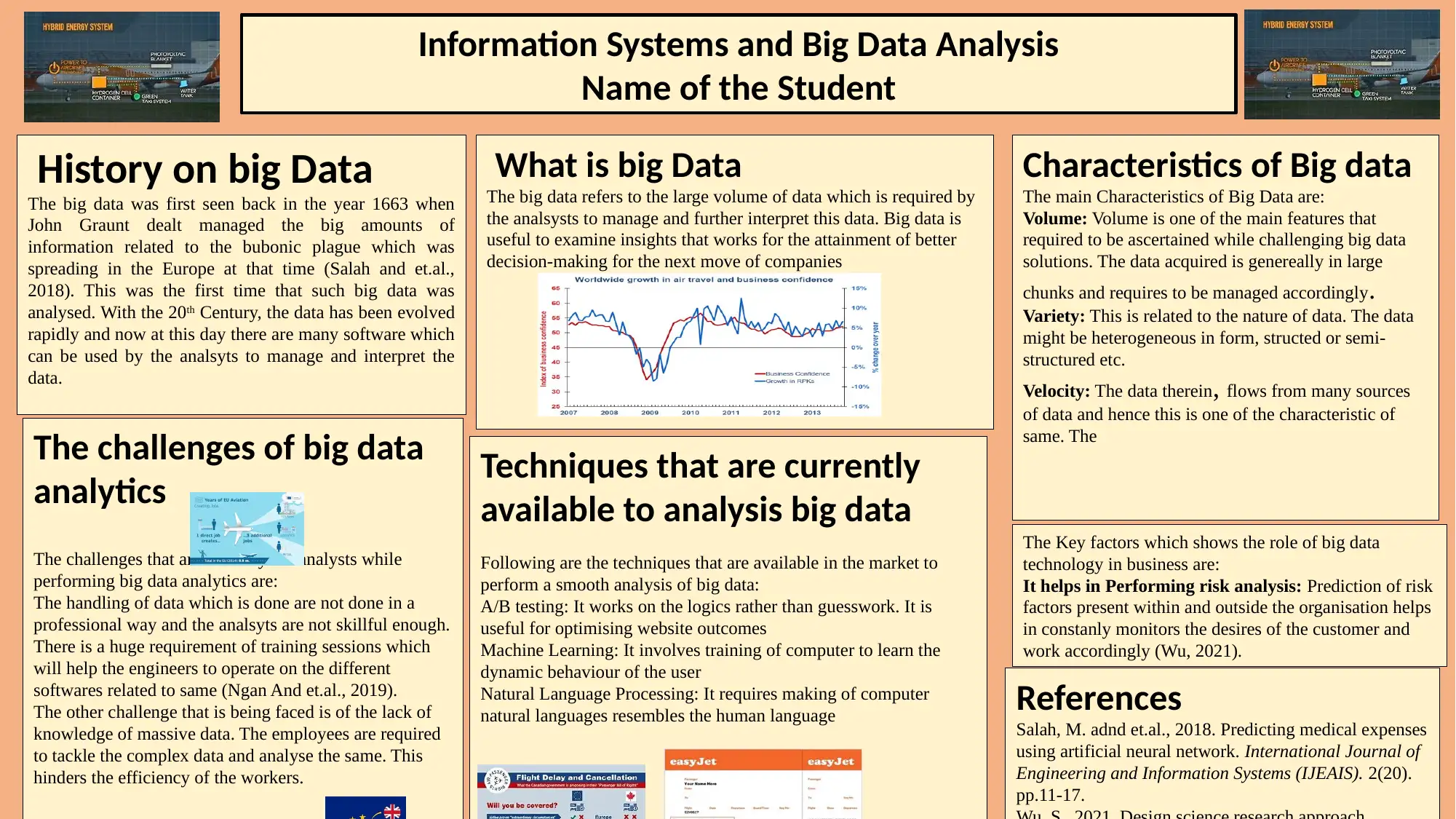Information Systems and Big Data: History, Challenges, and Business
VerifiedAdded on 2023/06/13
|1
|522
|289
Essay
AI Summary
This essay provides an overview of big data analysis, starting with its historical roots in the 17th century and its evolution to the present day. It identifies key challenges faced by analysts, such as a lack of professional data handling skills and insufficient knowledge of massive datasets, hindering worker efficiency. The essay defines big data as the large volume of data requiring management and interpretation for better decision-making. It highlights the main characteristics of big data, including volume, variety, and velocity, and discusses techniques like A/B testing, machine learning, and natural language processing used for analysis. Finally, it emphasizes the role of big data technology in business, particularly in performing risk analysis and monitoring customer desires. Desklib offers solved assignments for students.




![[object Object]](/_next/static/media/star-bottom.7253800d.svg)